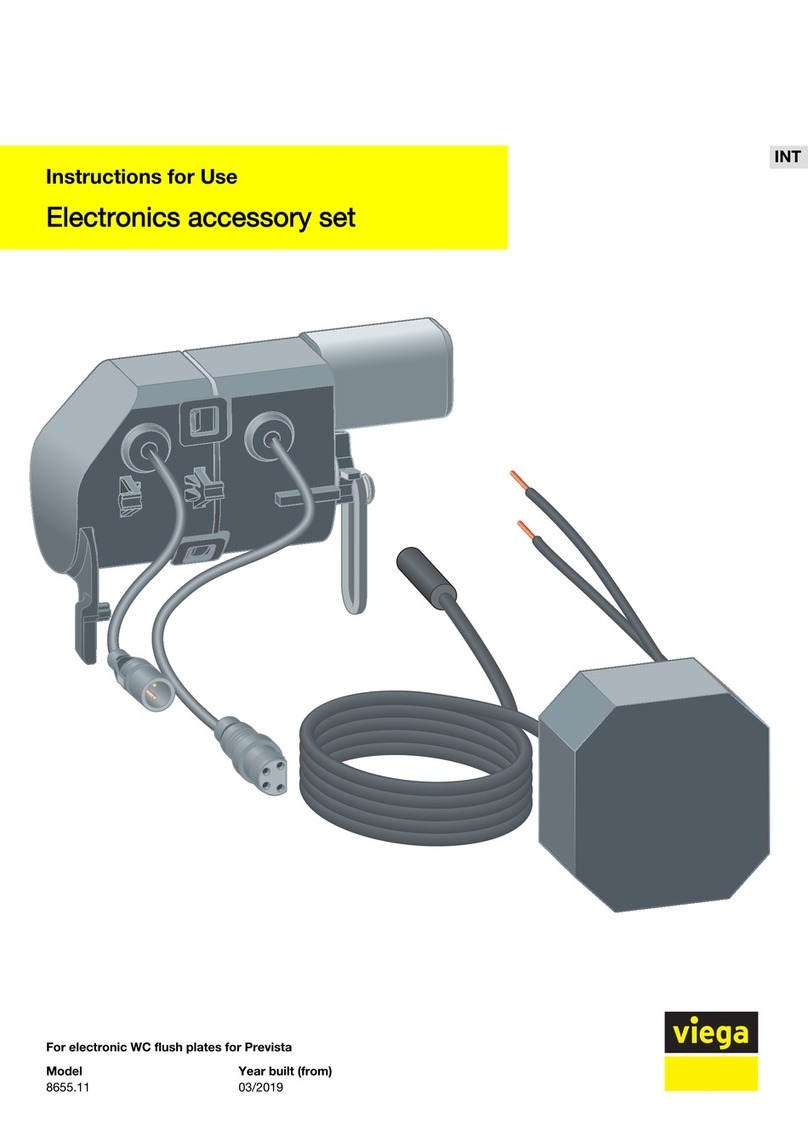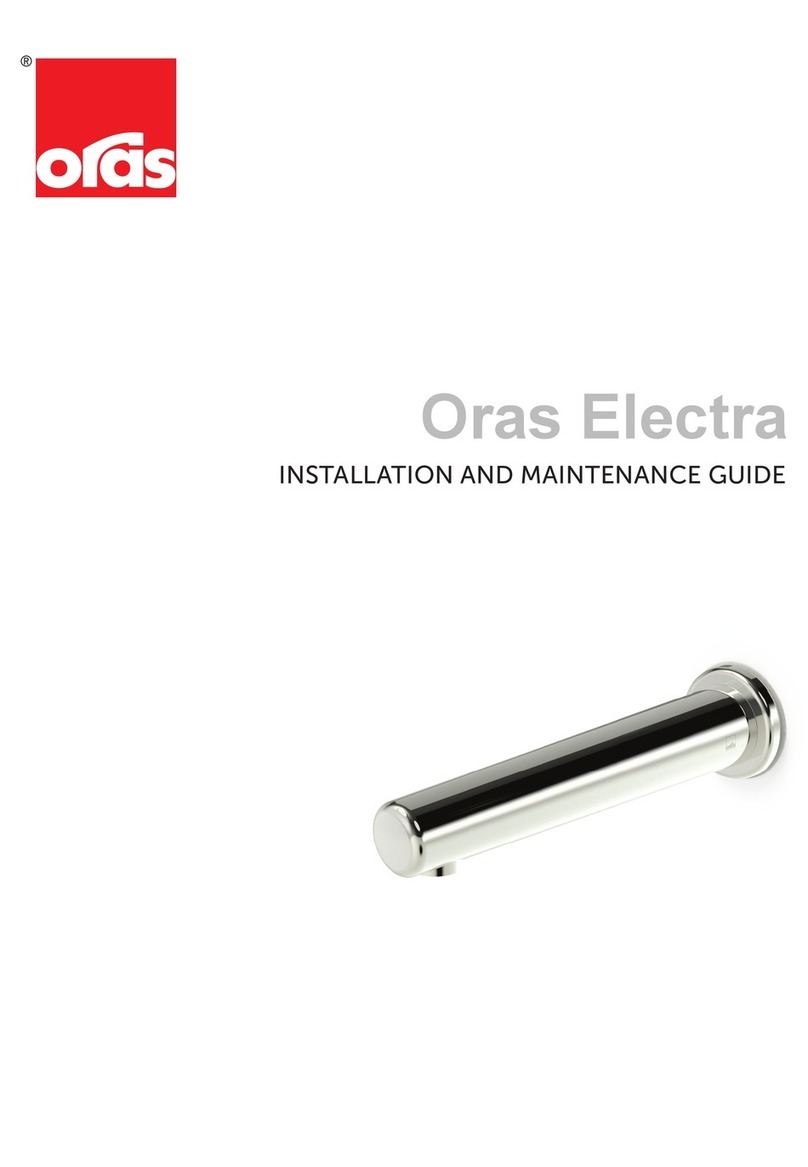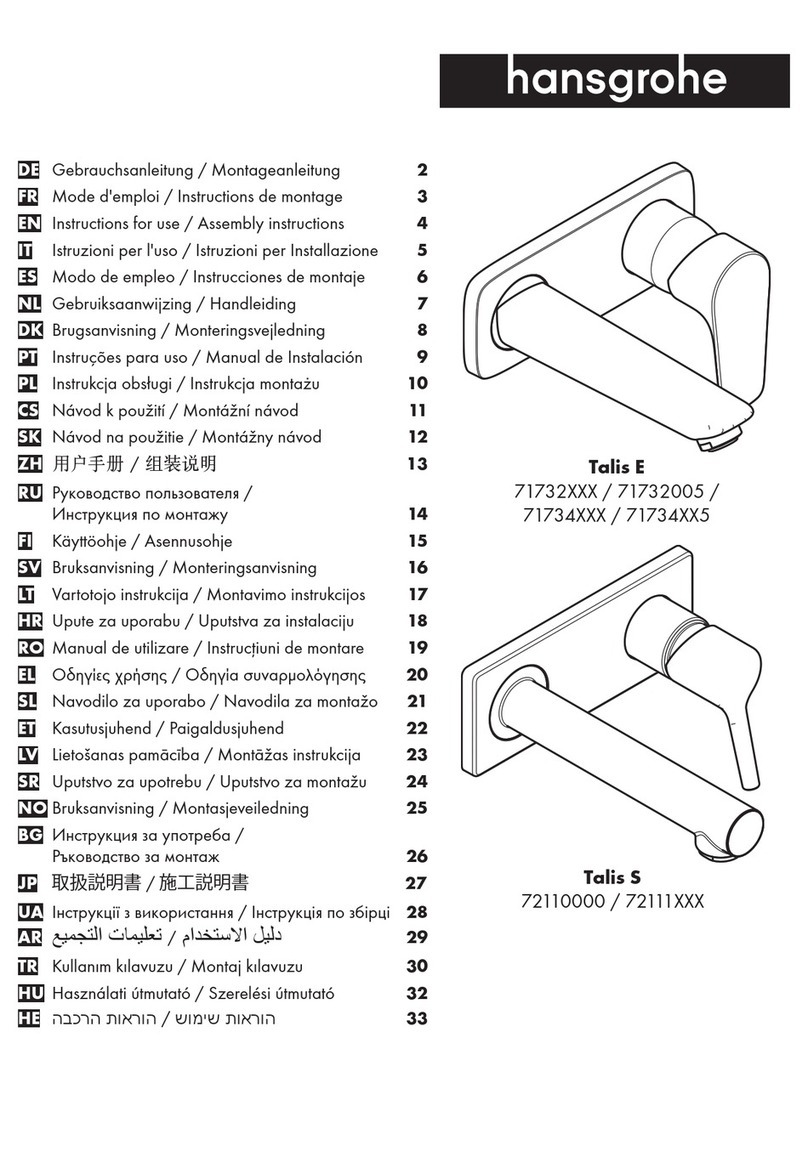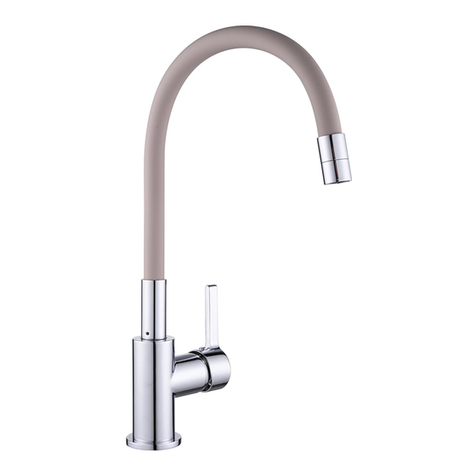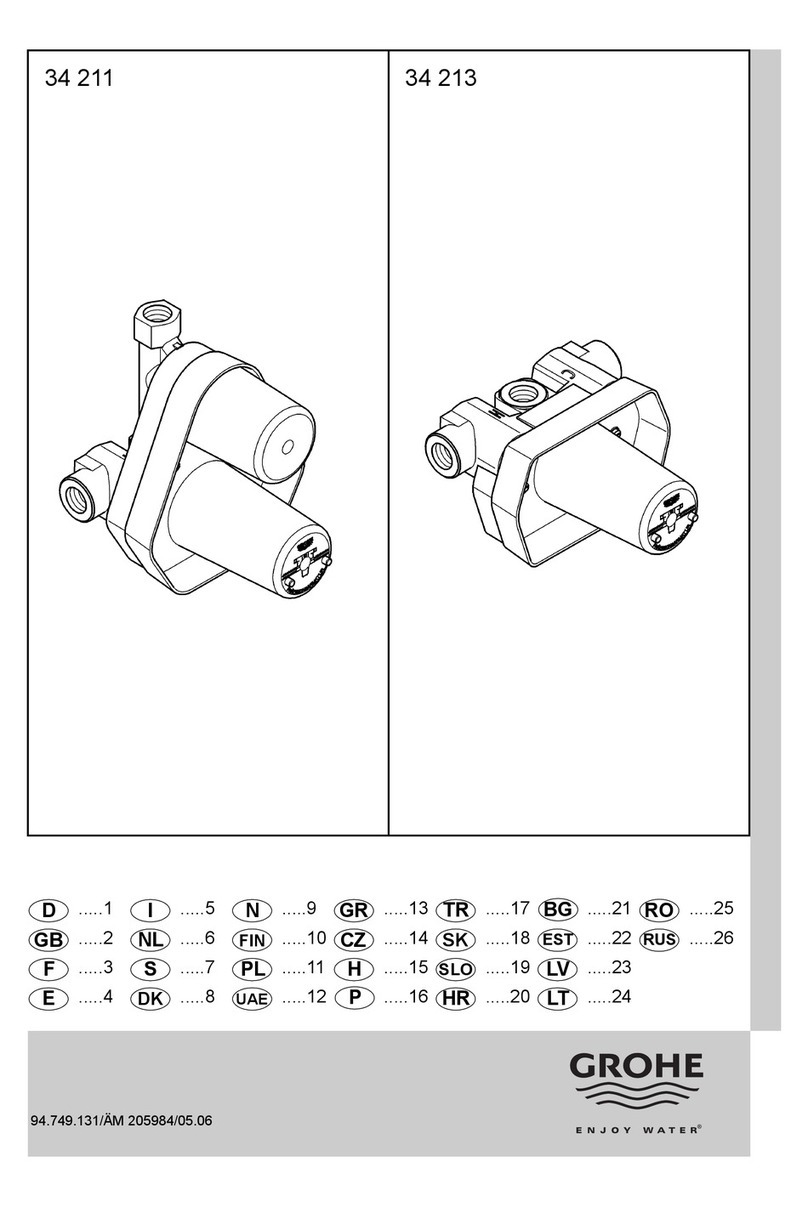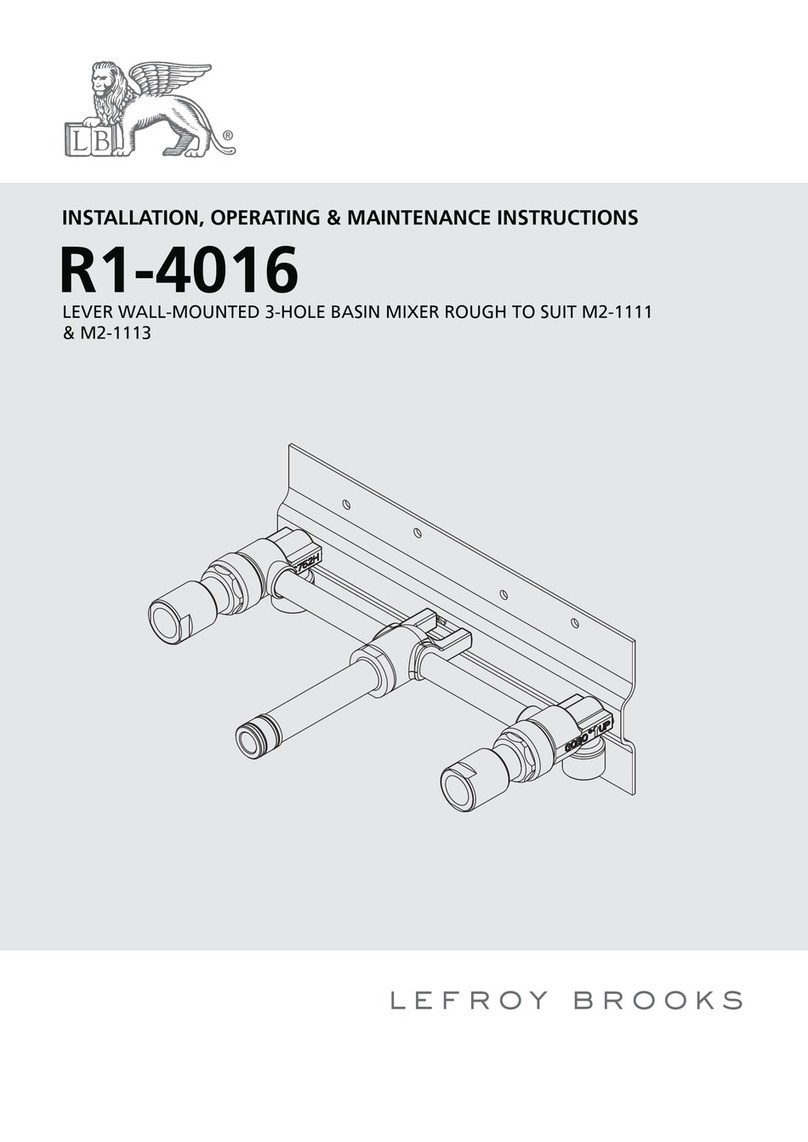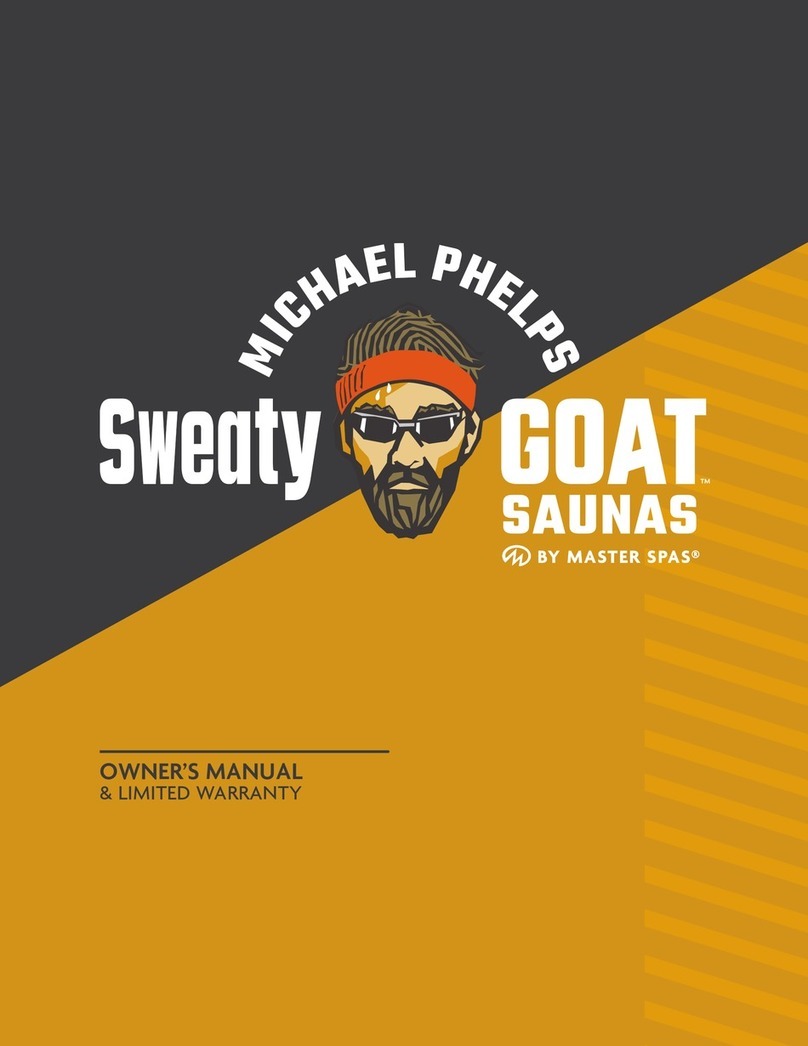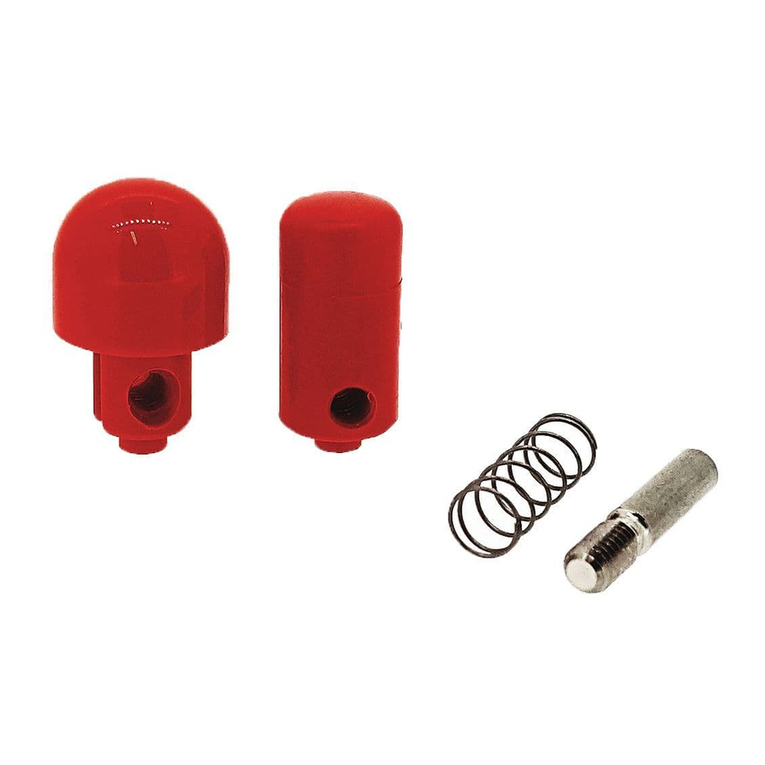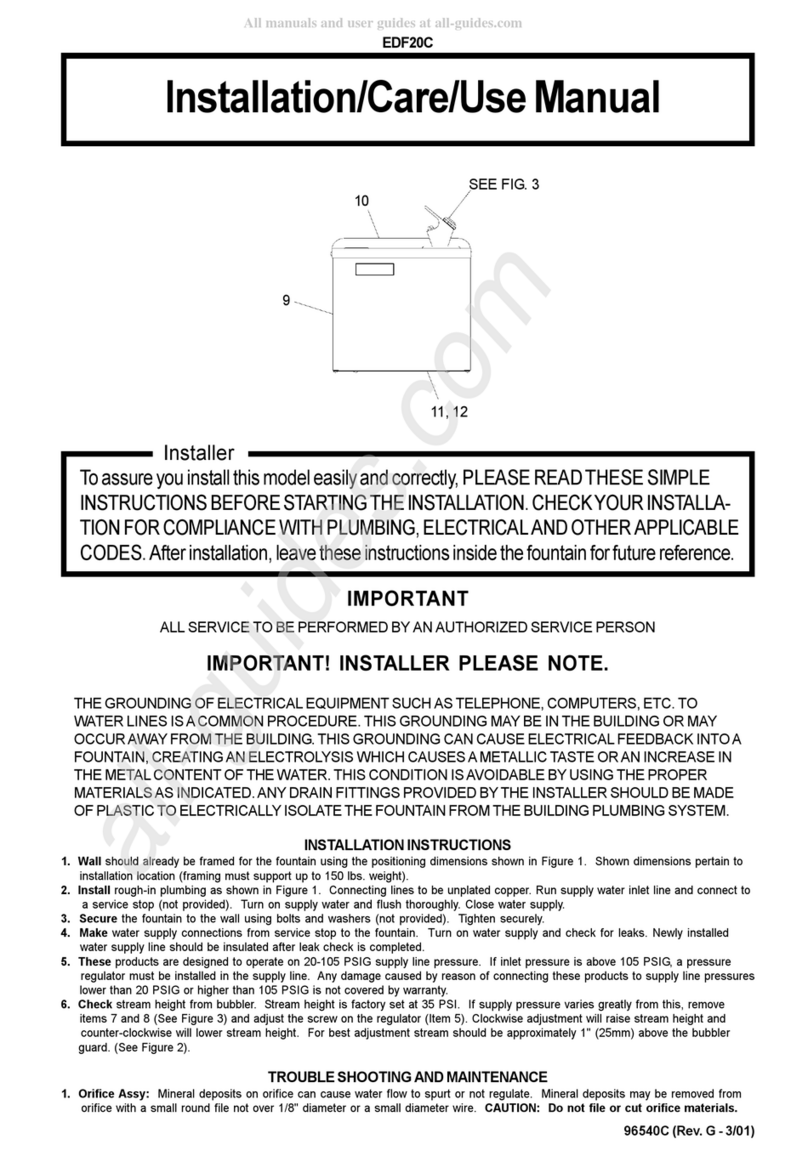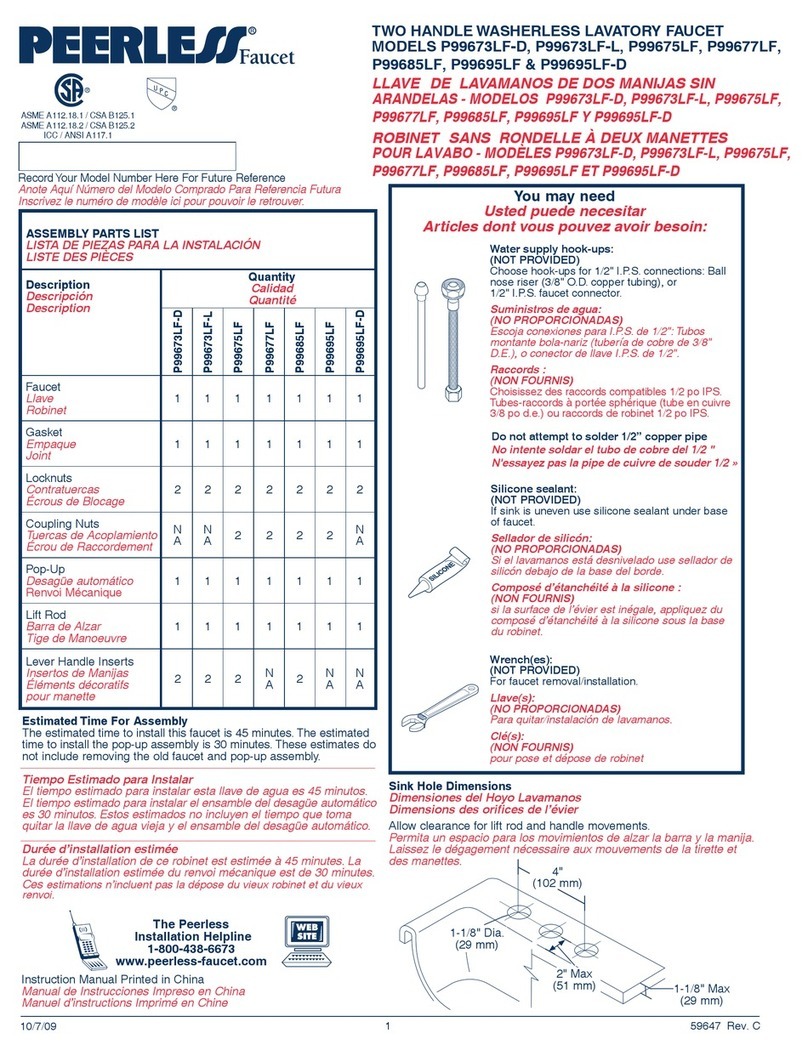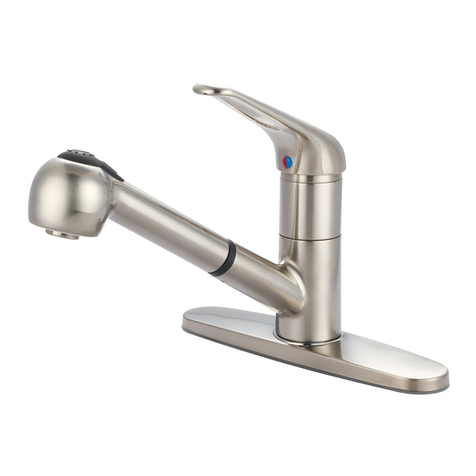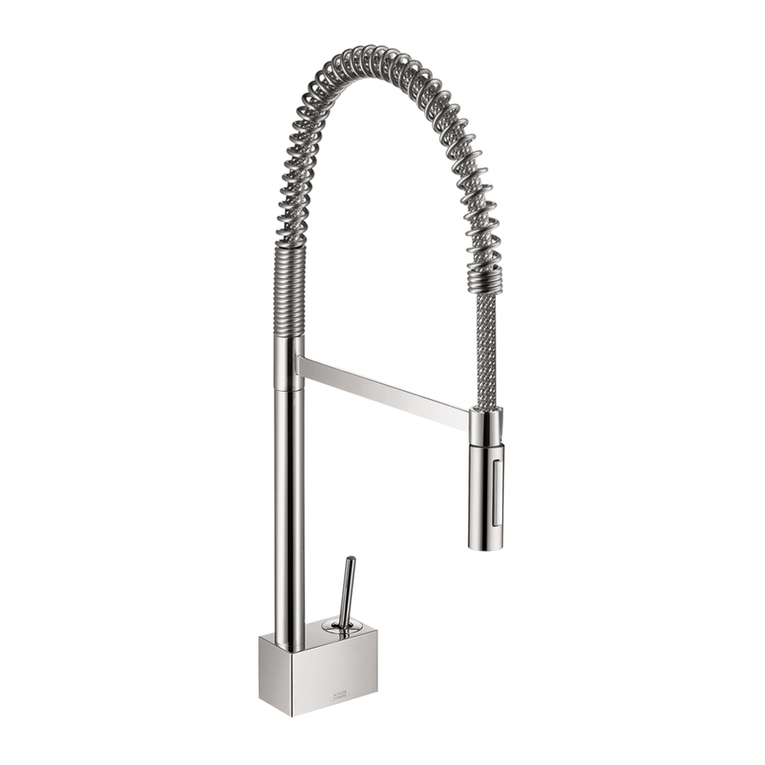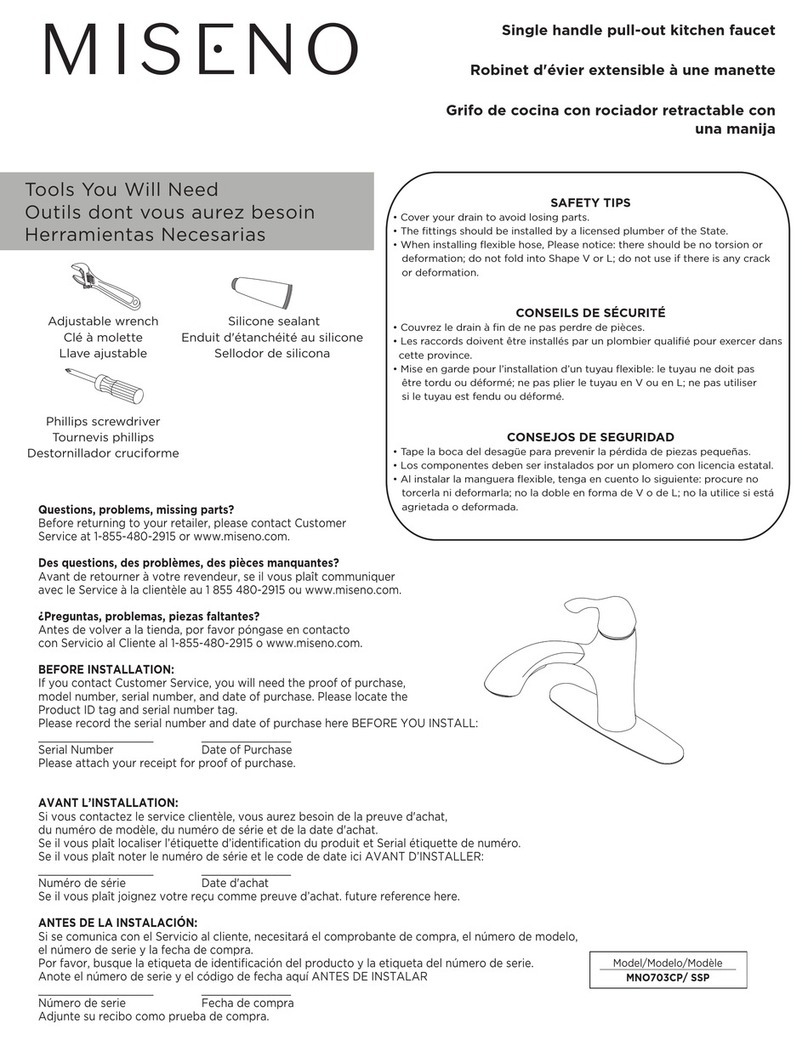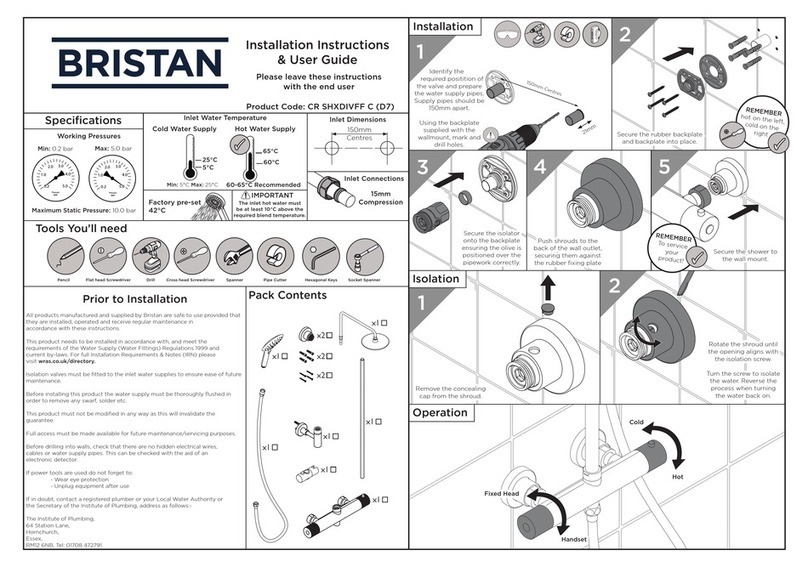
Originalbetriebsanleitung
Kondensatableiter KA
20
KA-4.X.222 Stand 19.07.2022 www.mankenberg.com
4 Sicherheitshinweise
4.1 Allgemeiner Sicherheitshinweis
Für eine Armatur gelten dieselben Sicherheitsvorschriften wie für das System, in das sie eingebaut ist. Die
vorliegende Anleitung gibt nur solche Sicherheitshinweise, die für die Armatur zusätzlich zu beachten sind.
4.2 Spezielle Sicherheitshinweise für den Betreiber
Die folgenden Voraussetzungen für die bestimmungsgemäße Verwendung einer Armatur sind nicht in der
Verantwortung des Herstellers, sondern müssen vom Verwender sichergestellt werden:
» Die Armatur darf bestimmungsgemäß nur so verwendet werden, wie im Abschnitt Bestimmungsgemäße
Verwendung [}18] beschrieben ist.
» Nur sachkundiges Fachpersonal darf die Armatur einbauen, bedienen und warten. Sachkundig im Sinne
dieser Anleitung sind Personen, die aufgrund ihrer Ausbildung, Sachkenntnis und Berufserfahrung die ihnen
übertragenen Arbeiten richtig beurteilen, korrekt ausführen und mögliche Gefahren erkennen und beseitigen
können.
» Das Rohrleitungssystem muss fachgerecht so ausgelegt und verlegt sein, dass die Armatur spannungsfrei
montiert und betrieben werden kann.
» Die Armatur muss korrekt und in der richtigen Einbaulage eingebaut sein.
» Im Rohrleitungsabschnitt sollen die üblichen Durchflussgeschwindigkeiten im Dauerbetrieb nicht
überschritten werden und abnormale Betriebsbedingungen wie Schwingungen, Wasserschläge und
Kavitation vermieden werden oder – soweit nicht zu vermeiden – im Vorwege mit dem Hersteller abgeklärt
sein.
» Die herrschenden Betriebsbedingungen müssen den Grenzen der Auslegungsdaten, die in der
MANKENBERG-Auftragsbestätigung genannt sind, entsprechen.
» Harte oder scharfe Gegenstände im Durchflussmedium könnten innenliegende Funktionsteile der Armatur
beschädigen.
» Der Armatur soll deshalb ein geeigneter Schmutzfänger oder Filter vorgeschaltet werden.
» Der Korrosionsschutz der Armatur muss den Umgebungsbedingungen vor Ort angepasst werden.
» Die Armatur darf nicht mit einer Wärmeisolierung umhüllt werden.
In den nachfolgenden Abschnitten sind zu einigen dieser Voraussetzungen detaillierte Hinweise gegeben.
4.3 Besondere Gefahren
Lebens-
gefahr
Vor dem Ausbau einer Armatur aus dem System oder Zerlegen einer Armatur, die teilweise
dort verbleibt, muss der Druck im System vordruck- und hinterdruckseitig ganz abgebaut
sein, damit das Medium nicht unkontrolliert austritt.
Bei toxischen oder gefährlichen Medien muss das System vollständig entleert sein, bevor die
Armatur ausgebaut wird.
Vorsicht bei Rückständen, die nachfließen könnten.
Achtung
Wenn eine Armatur aus einem System mit toxischem Medium ausgebaut und aus der Anlage
herausgebracht wird:
Die Armatur muss vor der Reparatur fachgerecht dekontaminiert werden.




















